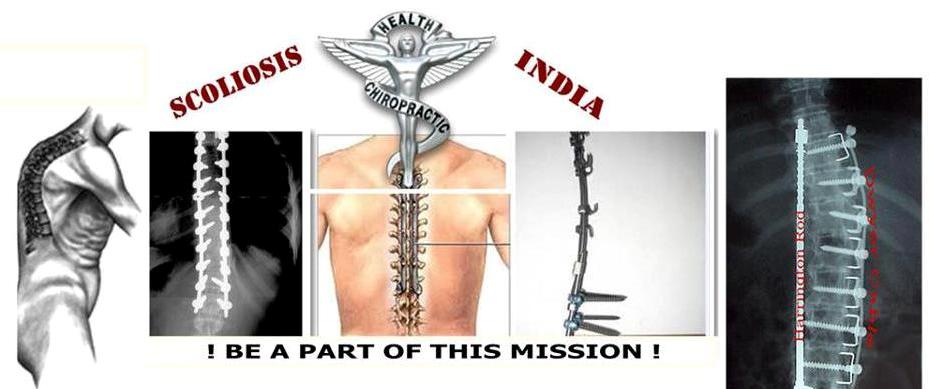Zoe Blenkinsop, 19, undergoes seven hours of surgery and years of bullying to stand tall. She now strides down the catwalk at British shows.
Zoe Blenkinsop is now fashion model after undergoing drastic surgery to correct her severely curved spine and to remove a protruding lump.
A British teenager who was bullied as a child after an agonizing spine condition left her with a hunched back and a severe limp has had the last laugh — after landing a job as a catwalk model.
Zoe Blenkinsop, 19, from North Shields, has suffered scoliosis since childhood and was bullied throughout school because she had a lump which protruded from her back where her spine curved.
She would spend hours practicing her poses and catwalk runs but struggled as her curved spine, which left her with a limp, shattered her confidence.
When she was diagnosed with the condition at age 11, doctors said they could perform an operation on her, but she would have to wait until she had finished growing.
An x-ray of Zoe Blenkinsop’s spine shows her drastically curved back. Seven hours of surgery corrected the deformity and the British teenager now commands the catwalk.
******************************************************
"I was always so conscious about my back because there was such a huge lump sticking out from it," she said.
"I never allowed anyone to take pictures of me because I didn't want them to see it. In PE (physical education) I would hide in a corner to get changed so that no one saw it as I was already being bullied.
"When I was told I could have the operation I was so happy, but I knew I had to wait a long time for it."
Zoe Blenkinsop, 19, after back surgery to correct her severe scoliosis. She is now a fashion model.
******************************************************
It took her a year to recover from the major surgery and she had to teach herself how to walk, sit and stand all over again.
Zoe is now able to live her dream of modelling and is no longer worried about what others think of her.
"I used to look at everyone else in school and think about when I would be normal like them," she said.
This x-ray, taken after Zoe Blenkinsop’s operation, shows the metal rods implanted to straighten her spine.
*****************************************************
"Recovering from the operation took a long time," she said, "and it was really hard."
Scoliosis causes the spine to curve sideways and impacts about four percent of the population.
If left untreated it can lead to fatal heart and lung problems and damage mobility.
Treatment for the condition is usually a major operation which is very risky but is the most frequently used method.
Blenkinsop had her first taste of modelling success when she stepped on to the catwalk for Newcastle Fashion Week.
"Modelling has always been a dream of mine, but I never thought it was possible," she said. "I knew that standing and posing for shoots would be impossible and I would have been far too scared to walk down the catwalk with my limp."
Source : Daily News , 22nd Nov 2013
